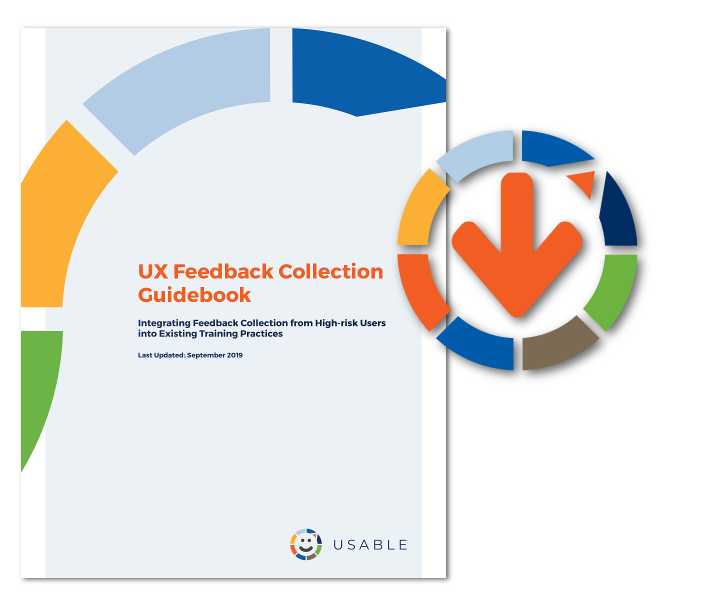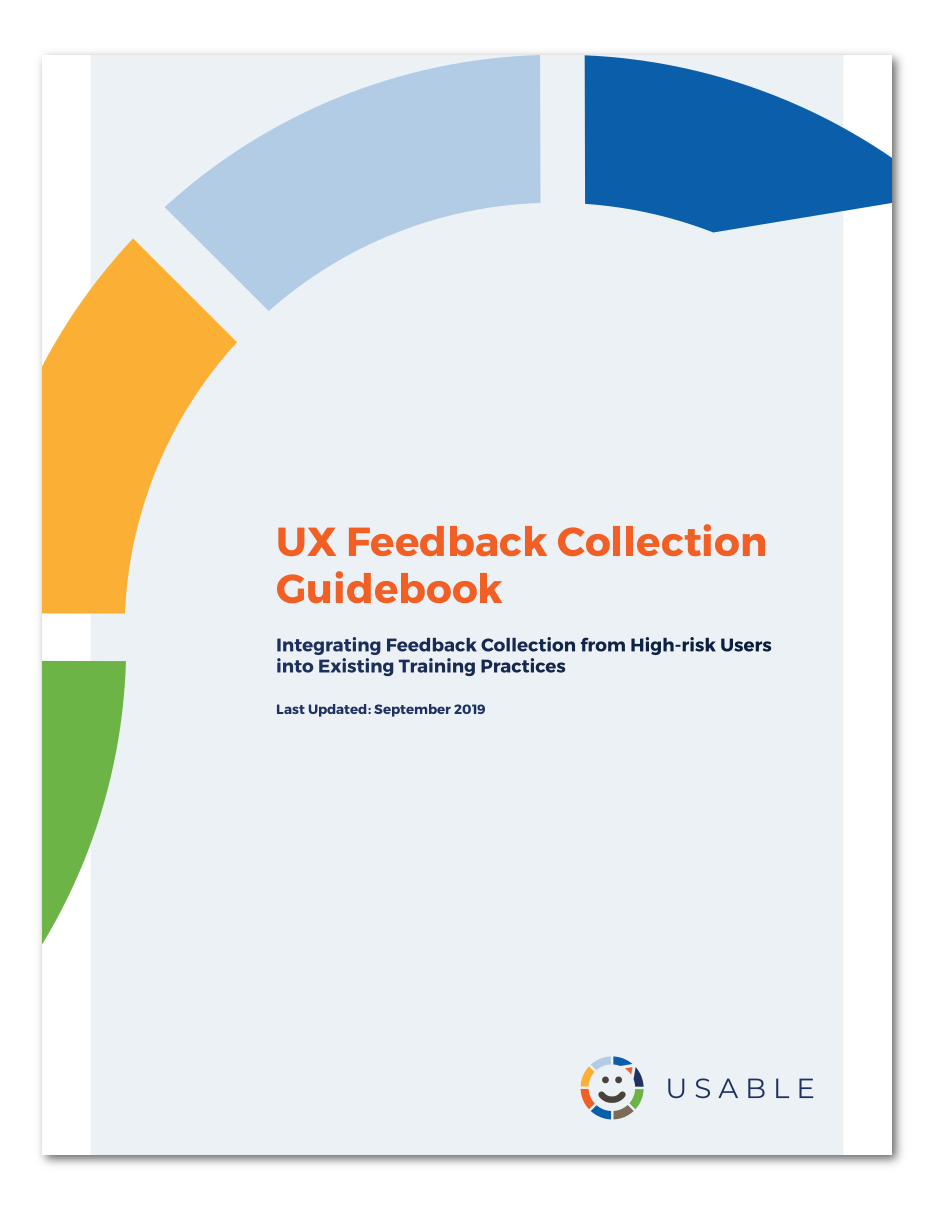This guidebook is a compilation of activities and resources designed to integrate feedback collection into existing digital security training frameworks.
These activities and resources will allow trainers and facilitators to collect relevant and useful feedback from high-risk users that are typically underrepresented in the design and development of open source privacy and security tools.
Background
Many of the most at-risk communities around the globe rely on open source privacy and security tools. However, these tools are often designed, developed, and maintained by individuals or small teams who have little to no access to their target audience — journalists, activists, human rights defenders, and other high-risk groups. This often results in tools that poorly fit the threats, challenges, and/or accessibility or usability requirements of end-users.
Internews and the USABLE Team have worked with many community members across the globe to support tool developers who want to better understand their users’ needs, security practices, and operating environment, establishing stronger feedback loops between the communities who make the tools and the communities who use them. Since 2015, the USABLE project has worked with over 50 trainers from around the globe, 11 designers and UX experts, and 7 open source tool teams who build products that focus on privacy and security for high-risk communities to develop and test these feedback collection activities.
What is the purpose of this guidebook?
When developers receive feedback and insights into end-users’ needs, practices, and operating environments, they are able to employ more human-centered design approaches, resulting in usable and accessible products that reflect the needs of real users.
The UX Feedback Collection Guidebook aims to facilitate feedback loops between users and tool developers by equipping digital security trainers and other trusted facilitators with the skills and resources they need to:
- Safely gather information around end-users’ needs, practices, and operating environments
- Collect tool-specific feedback from at-risk users
- Synthesize, prioritize, and structure information or feedback
- Share information or feedback with relevant developers or tool teams
The guidebook is broken down into four thematic sections:
- Part I: Collecting Feedback to Better Understand the User
- Part II: Collecting Tool-specific Feedback During Trainings
- Part III: Collecting Feedback Outside of Trainings
- Part IV: Communicating with Developers and Tool Teams
Who should use it?
The guidebook can be used by a variety of practitioners including digital security trainers (new or experienced), user-experience (UX) specialists, trusted facilitators, and open source tool teams.
The resource will help these practitioners understand the value and process of capturing feedback where possible and how to share it with developers. When done effectively, this process can transform the design and development of the most commonly used privacy and security tools for at-risk users.
This content is available as a CC-BY 4.0 International license.





